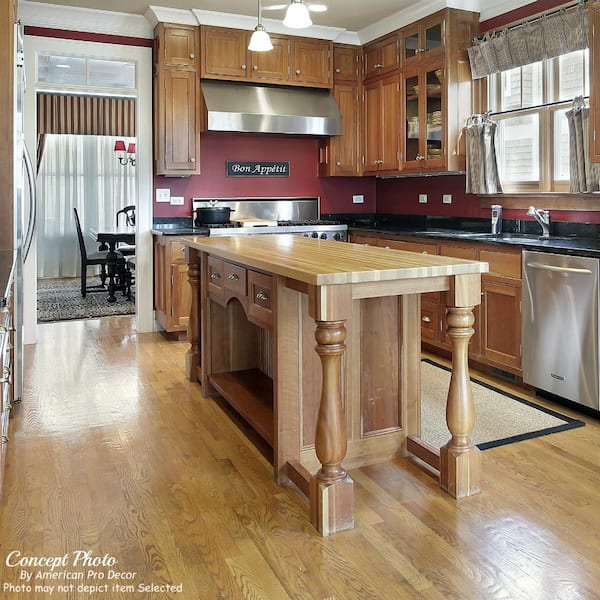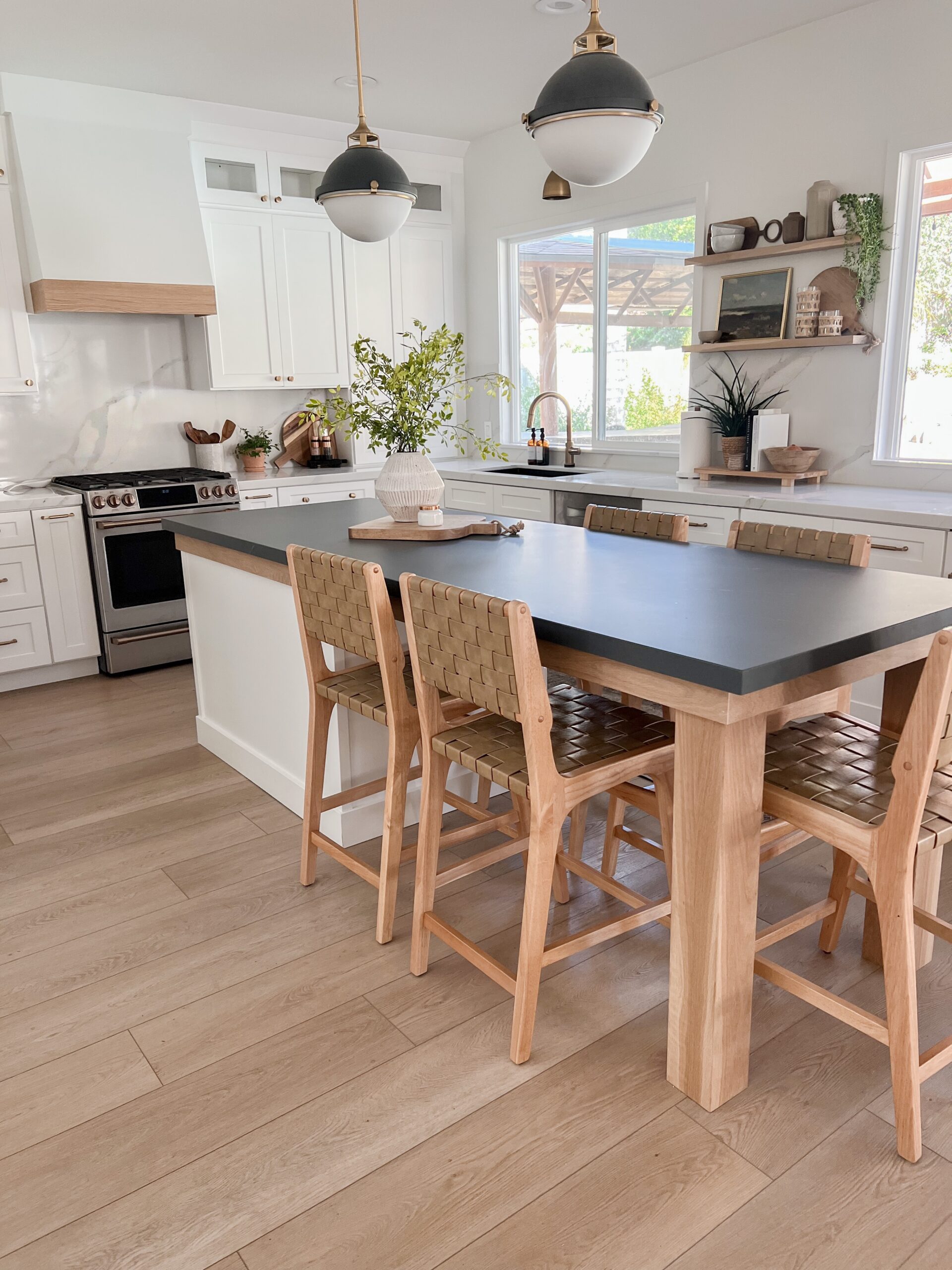Make Your Kitchen Island Attract Attention with Customized Legs For Kitchen Island
Wiki Article
Vital Aspects to Consider When Picking Legs For Cooking Area Island
Selecting the proper legs for a cooking area island entails a careful assessment of multiple elements that can considerably affect both functionality and visual allure. As we check out these aspects, it becomes clear that each decision can have significant effects for the total cooking area experience.Product Options
When choosing legs for a kitchen island, understanding the various product choices is essential for achieving both visual appeal and structural integrity (Legs For Kitchen Island). The choice of product significantly affects not just the toughness of the island however also its total style and performanceTimber is a popular choice, offering warmth and convenience. Strong hardwoods, such as oak or maple, offer stamina and can be stained or painted to match the kitchen design. Metal legs, frequently made from stainless steel or functioned iron, contribute a commercial and contemporary feel while making certain toughness and stability. These materials are immune to wear and can support significant weight, making them excellent for larger islands.
Another choice is crafted materials, like MDF or plywood, which can be a lot more cost-efficient while still providing a variety of surfaces. They might not offer the same degree of security as strong timber or steel. Legs For Kitchen Island. Materials such as acrylic or glass can produce a contemporary look, though they might need additional support to ensure security.
Inevitably, the choice of material for cooking area island legs ought to align with the preferred functionality and the overall motif of the kitchen area.
Style and Design

When thinking about style, the form and coating of the legs are crucial. Conical legs can offer a feeling of agility and sophistication, while thicker, much more durable legs can communicate toughness and stability. In addition, the coating-- be it painted, stained, or all-natural-- ought to enhance the kitchen cabinetry and countertop products to produce a unified look.
In addition, the style of the legs can also show individual preference. Custom or attractive legs, such as those featuring intricate makings or one-of-a-kind geometric forms, can function as centerpieces, adding character and individuality to the kitchen. Ultimately, the right option will not just boost capability yet additionally boost the aesthetic allure, making the kitchen area island a standout attribute of the home.
Height Factors To Consider
Selecting the appropriate height for cooking area island legs is essential, as it straight influences both capability and convenience. The standard height for a kitchen area island commonly varies from 36 to 42 inches, straightening with usual counter top elevations.
It is also necessary to represent users' elevations and preferences. Personalizing the height can ensure a comfortable experience for all member of the family, making the cooking area island a more satisfying and useful room.
Weight Support
Making sure appropriate weight assistance for kitchen island legs is vital for both safety and performance. The kitchen island usually serves numerous objectives, consisting of cooking, dining, and added storage space, necessitating a robust assistance framework. When selecting legs, it is important to think about the total weight ability required based on the island's intended use and the materials that will certainly be put on it.The choice of product for the legs plays my blog a significant role in their weight-bearing capacities. Solid timber, steel, and heavy-duty composites generally offer superior toughness contrasted to lighter materials. Additionally, the design of the legs-- whether they are directly, tapered, or have a pedestal kind-- can influence their capacity to distribute weight efficiently throughout the structure.
Always get in touch with the producer's specifications relating to lots limits to ensure that the legs can sustain the designated weight without compromising security. In summary, picking kitchen island legs with sufficient weight assistance is essential for producing a practical and safe culinary room.
Setup and Upkeep
Appropriate setup and upkeep of cooking area island legs are essential for making certain durability and stability. To begin, it is vital to comply with the manufacturer's standards during setup. This commonly includes safeguarding the legs to the space station utilizing suitable fasteners, making sure that the legs are degree and lined up. Utilizing a level tool can assist protect against wobbling and improve the overall visual allure of the kitchen area island.When mounted, routine maintenance is necessary to maintain the stability and look of the legs - Legs For Kitchen Island. For wood legs, regular cleaning with a damp cloth and application of suitable timber polish can stop wetness damage and keep their surface. Metal legs might require a mild cleansing remedy to get rid of oil and crud, adhered to by a completely dry fabric to avoid corrosion formation
Additionally, examine the legs regularly for indicators of wear or damage, such as fractures you can look here or loosened joints. useful content Tightening screws or bolts as needed can likewise extend the life expectancy of the legs. By sticking to these installment and maintenance methods, home owners can guarantee that their kitchen area island continues to be tough and visually appealing for several years ahead.
Verdict

Visual comprehensibility is paramount in selecting the style and style of legs for a cooking area island, as these components greatly influence the overall atmosphere of the area. Conical legs can supply a feeling of agility and style, while thicker, more robust legs can convey strength and stability.Choosing the appropriate height for kitchen island legs is essential, as it directly impacts both performance and comfort. In summary, selecting kitchen island legs with adequate weight support is important for creating a functional and secure cooking room.
In verdict, choosing legs for a kitchen area island requires careful consideration of numerous variables, consisting of material options, style, elevation, weight assistance, and setup.
Report this wiki page